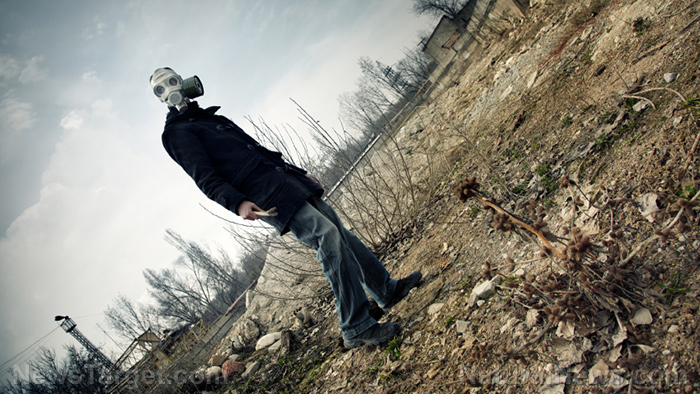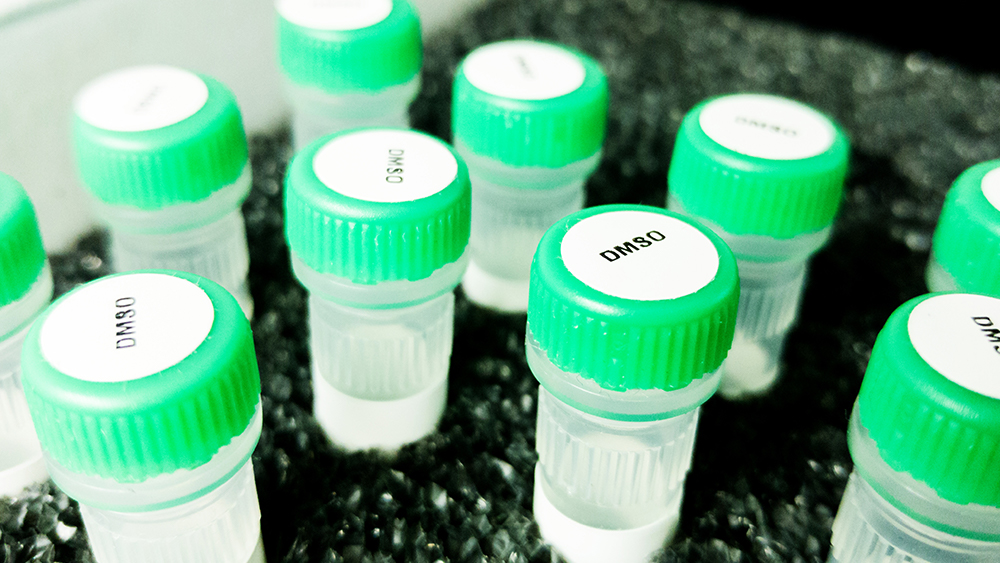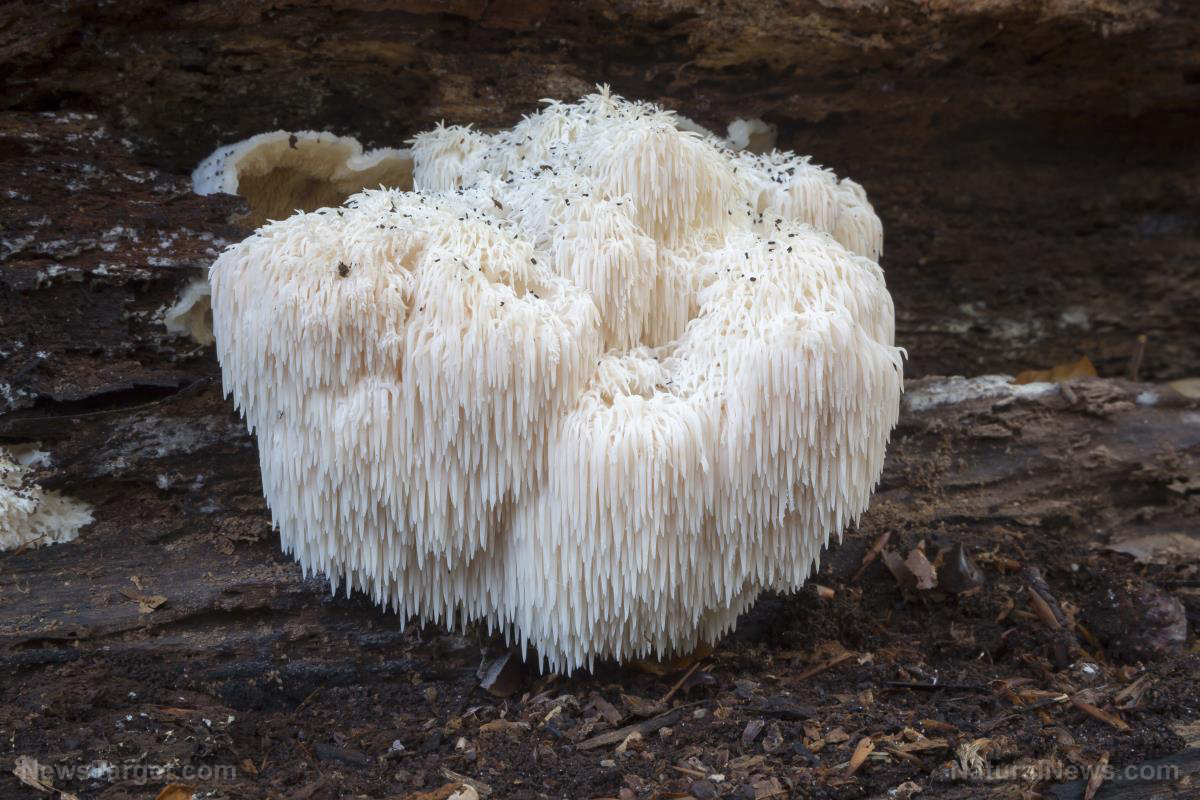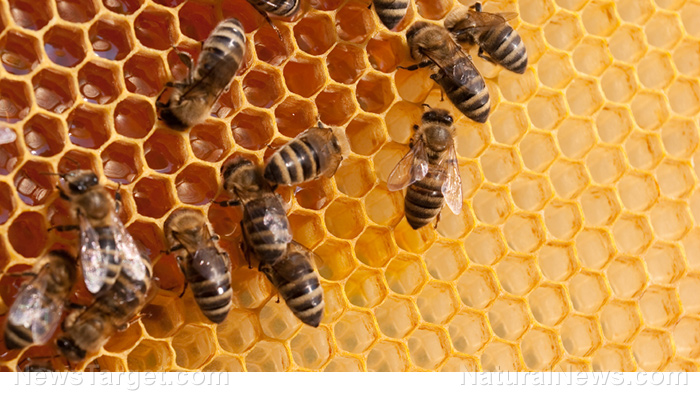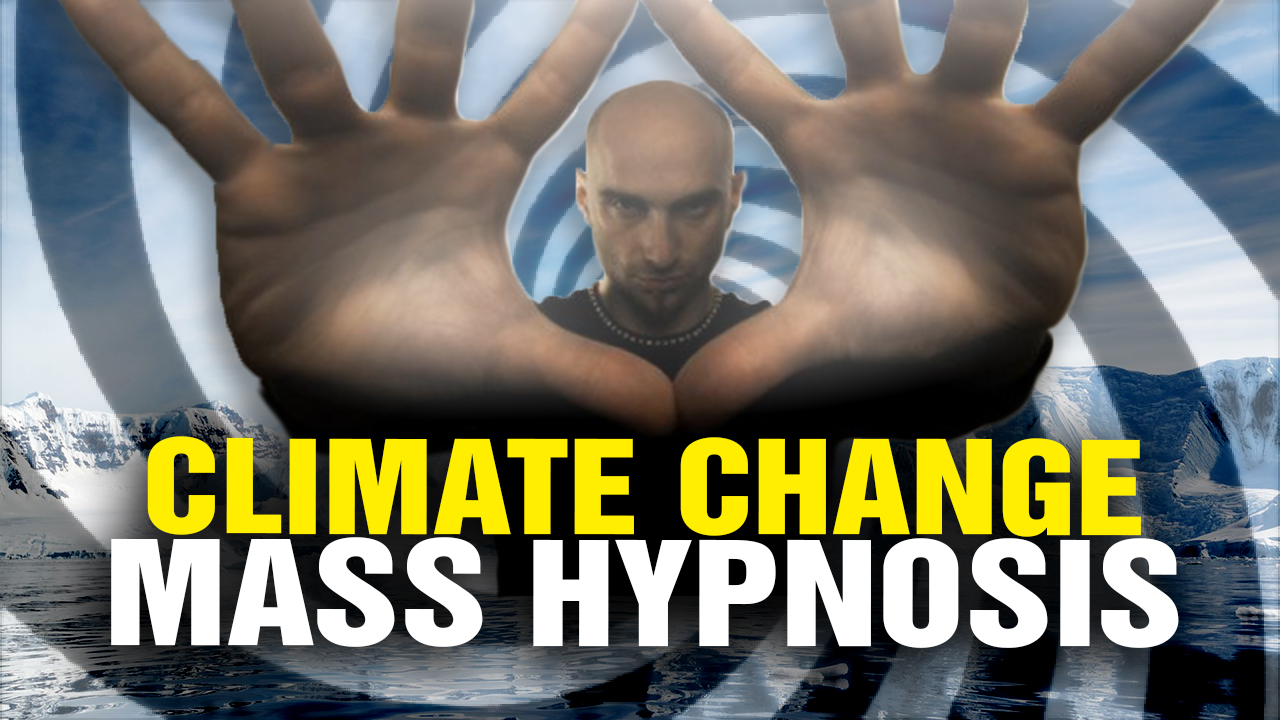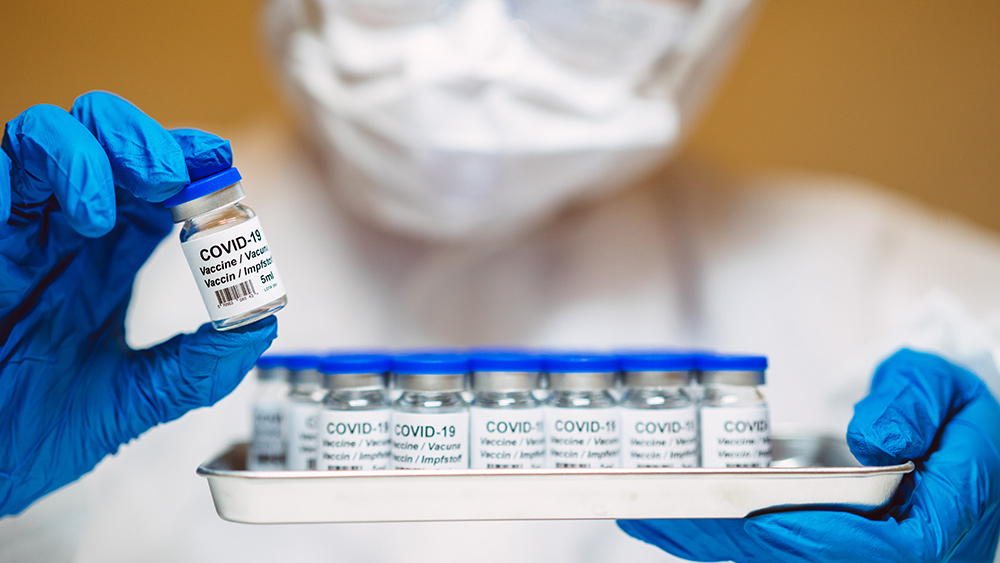Navigating a toxic world: The urgent call for healthier living amidst chemical threats
- Dr. Donald L. Hoernschemeyer's book, "Healthy Living in a Contaminated World," serves as a comprehensive guide warning readers about the pervasive presence of toxic chemicals in everyday life and offering strategies to protect health.
- The book traces the history of chemical proliferation since World War II, highlighting Rachel Carson's "Silent Spring" and the ongoing introduction of new chemicals, often without thorough long-term impact assessments, leading to a more dire situation today.
- The book underscores the link between toxic chemicals and serious health issues like cancers, hormonal disruptions and neurological damage. It emphasizes that these chemicals are ubiquitous, found in air, water, soil and even in human bodies, including mother's milk and unborn children.
- Hoernschemeyer outlines several practical steps to mitigate exposure, including educating oneself about toxins, minimizing exposure through conscious choices (e.g., buying organic, using natural products), advocating for policy changes, supporting research and living mindfully by choosing natural, chemical-free products.
- The book emphasizes the critical role of science and policy in addressing the issue, advocating for a precautionary approach where chemicals are proven safe before market introduction. It concludes with a call to action, urging readers to be vigilant, informed and proactive in protecting their health and the environment.
In a world where the omnipresence of toxic chemicals has become an unsettling reality, Donald L. Hoernschemeyer, Ph.D., offers a comprehensive guide in his book "
Healthy Living in a Contaminated World: How to Prevent Toxic Chemicals from Undermining Your Health."
This eye-opening work delves into the pervasive and insidious nature of chemicals that have infiltrated every aspect of our lives, from the air we breathe to the food we consume. The book serves as both a warning and a roadmap, urging readers to take control of their health in an environment increasingly saturated with harmful substances.
The narrative begins with a stark reminder of the post-World War II era, a time when the chemical industry burgeoned, introducing a myriad of new compounds into our daily existence. Rachel Carson's seminal work, "Silent Spring," first published in 1962, was a clarion call that exposed the dangers of synthetic pesticides like DDT. Despite the ban on DDT in 1972, its legacy persists and the introduction of new chemicals continues unabated, often without a thorough assessment of their long-term impacts.
Today, the situation is more dire than ever. Scientific research has unequivocally linked
toxic chemicals to a host of health issues, including cancers, hormonal disruptions, weakened immune systems and neurological damage. Shockingly, only about 10 percent of cancers are hereditary, suggesting that a significant portion of cancer cases could be prevented by mitigating exposure to these
harmful substances.
The book underscores the alarming ubiquity of these chemicals. They contaminate our air, water and soil and are found in the bodies of nearly all humans, regardless of age. They even appear in mother's milk and are likely present in the tissues of unborn children. The sources of these toxins are diverse and ubiquitous, ranging from industrial and municipal wastes to common household items like plastics, furnishings and pesticides.
Hoernschemeyer emphasizes that while maintaining a healthy lifestyle is crucial, it is not sufficient.
"We must also live in a healthy environment, free from air and water pollution and toxic chemicals in our food and homes," he asserts.
The health effects of these chemicals are profound and far-reaching. The Generation Toxic report from the Natural Resources Defense Council, for instance, highlights the risks to children, linking toxic chemicals to
neurological defects such as autism and ADHD.
The book also delves into the role of endocrine-disrupting chemicals, which interfere with the body's hormonal systems. These chemicals are associated with a range of health issues, including reproductive problems,
obesity and diabetes. The
World Health Organization's report "The State of the Science of Endocrine Disrupting Chemicals" further underscores the pervasive role of these chemicals in many modern illnesses.
Hoernschemeyer offers several practical steps:
- Educate yourself: Understanding the toxic substances in your environment is the first step. Learn about their sources and how they enter your body.
- Minimize exposure: Make conscious choices to reduce your exposure. This includes buying organic foods, using natural cleaning products and avoiding plastics that contain harmful chemicals like BPA and phthalates.
- Advocate for change: Support policies and regulations that protect public health. Advocate for stronger environmental protections and hold corporations accountable for the chemicals they produce.
- Support research: Encourage and support scientific research into the health effects of toxic chemicals. The more we know, the better equipped we are to make informed decisions.
- Live mindfully: Be aware of the products you bring into your home. Opt for natural materials and products that are free from harmful chemicals.
He also emphasizes the critical role of science and policy in addressing this issue. He calls for a shift towards a precautionary approach, where chemicals are proven safe before they are introduced into the market, rather than the other way around.
In conclusion, "Healthy Living in a Contaminated World" is a compelling call to action. It urges readers to be vigilant, informed and proactive in protecting their health and the health of future generations. The book is not just a warning but a guide to navigating a world where toxic threats are an everyday reality. As Hoernschemeyer aptly puts it, "We must be the change we wish to see in the world, starting with the choices we make every day."
Learn more about the book "
Healthy Living in a Contaminated World" by watching the video below.
This video is from the
BrightLearn channel on Brighteon.com.
Sources include:
Brighteon.ai
Brighteon.com
 Parler
Parler Gab
Gab